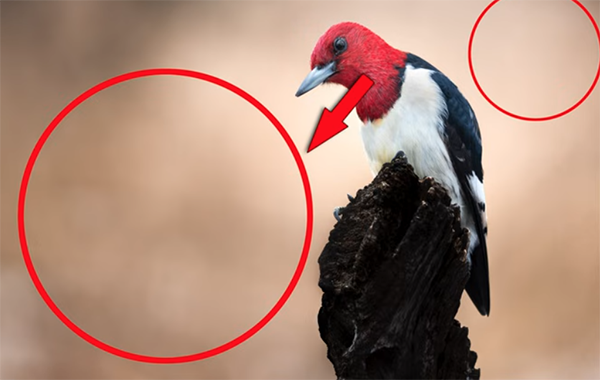Instantly Improve Nature & Wildlife Photos with 10 Tricks Used by Pros (VIDEO)
Are you ready to level up your nature and wildlife photography with the gear you already own? If so, stay tuned because in the next 10 minutes you’ll learn 10 field-tested tips and techniques used by pros to capture stunning photos of birds and mammals. You’ll also see how to embellish landscape photos when there are animals within the frame.
Instructor Steve Perry is a successful nature photographer and very popular educator who explains today’s episode like this: “These are the same techniques I use in the field every day, and they’ve helped thousands of other photographers capture sharper, more compelling, and more professional wildlife images.” Be sure to download his FREE guide to spotting and approaching wildlife subjects without disturbing them—just click on the link in the description beneath the video.
Perry covers a lot of ground in barely 10 minutes, so you may want to jot down a few notes. He insists that these methods may surprise you and change how you shoot forever. The first tip is a great example: “Everyone looks at eyes when they’re shooting wildlife, but I find that very few pay attention to the ears. I always hone-in on ear position and prefer a both-ears-facing-forward look that makes the subject look friendly, curious and engaged.”

Perry is quick to clarify that this doesn’t mean ignoring the eyes when composing a shot and why you should factor in a subject’s space within the frame when it’s not looking toward the camera. In these instances he recommends adjusting composition so that the animal is looking toward the largest area of empty space (rather than facing the short end of the shot).
As he says, “this is when Subject Selection and Tracking modes come in very handy—especially if the subject is consistently shifting it’s gaze in different directions.” Perry also illustrates how capturing catchlights in the eyes will quickly bring an image to life. The lesson proceeds by explaining the difference in impact between centered and offset compositions, why eye-level shooting makes better wildlife portraits, and how to integrate the landscape into your wildlife shots.
Perry also reveals subject-separation techniques that many photographers overlook, what to do when animals approach too closely, and how to avoid distracting lines in your photographs. And don’t forget to download the free guide mentioned above.

Then pay a visit to the popular Backcountry Gallery YouTube channel where there are many more instructional videos that will expand your skills.
If this tutorial strikes your fancy, be sure to watch the video we featured earlier with an experienced British bird photographer who demonstrates how to capture attention-grabbing photographs of exotic species at the zoo.





